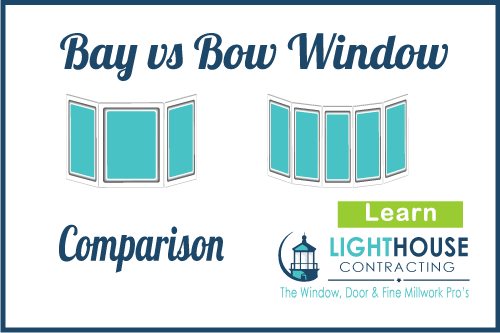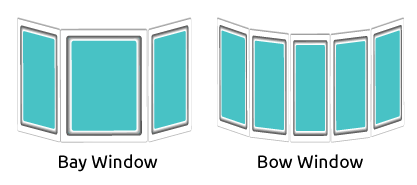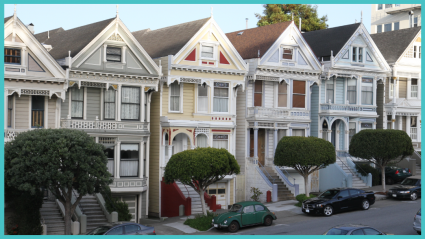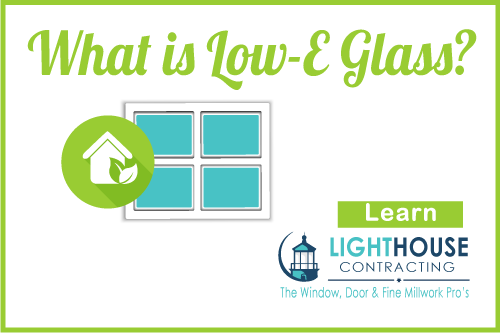

Bay Windows vs Bow Windows Comparison
Today I’ll help you learn:
-
What are the Design Differences between a Bay Window and a Bow Window
-
What are the Cost Differences between a Bay Window and a Bow Window
-
What are the Feature Differences between a Bay Window and a Bow Window

What are the Design Differences – Bay Windows vs Bow Windows?
Your Windows are a focal point within a room. They bring in natural light and allow you to experience the beauty of the outdoors. They are an architectural enhancement to the outside of the home that gives it character and warmth.
A Bay Window is constructed with three openings that angle out from the room. The main picture window is usually larger and include smaller windows on each side. The side windows may be casement, double-hung or fixed windows.
A Bow Window is constructed with four or more fixed or vented windows of equal size. A Bow Windows design is curved establishing an elongated curve type appearance on the exterior of the home or building. A Bow Window is also referenced by the number of window panes and may be referred to as a “four-lite bow” or a “five-lite bow” and so on. Bow windows are more commonly comprised of fixed windows but can include casement windows or double hung windows as well.
What are the Cost Differences – Bay Windows vs Bow Windows?
The difference in cost between Bay Windows vs Bow Windows will be impacted more by your design preferences than anything else. A Bay window with three windows and a Bow Widow of the same size with four windows of the same relative design and features will cost only slightly more in many cases.
The key driver of cost difference will be size, number of panes (called lites) and window style and associated millwork installation requirements. Because a Bow Window typically has at least one more pane and the installation process is a bit more complex regarding the establishment of a consistently smooth ark the Bow Window is typically a bit more expensive. For more detail ask your professional window installer for help identifying the relative cost differences depending on the scope of your project.
What are the Feature Differences – Bay Windows vs Bow Windows?
Living Space
A Bay Windows two side panes commonly extend out at a 30 or 45 degree angle with the picture window connecting them. This design often creates some additional living space when the Window is part of a main room like the living room or an eat-in kitchen nook. In contrast, a Bow Window of the same size is constructed as a gradual ark and often does not extend out as far as a Bay Window.
Light
Due to the gradual angle of the design, a Bow Window may have a slight advantage if the window pane style is similar. Also, a Bow Window may be designed to wrap around the corner of a room giving it a significant advantage. Your Bay or Bow Windows can also include Low-E Glass.
Ventilation
Bow windows are more commonly fixed windows but can include casement windows to allow for ventilation. Bay windows commonly have one fixed picture window and two side casement windows which allow for ventilation. While these are the most common designs your window expert will be able to assist you with additional designs upon your request.
I hope you found this information helpful. Need more help with specifics relating to your window and door remodeling project? Our friendly team is just a phone call away.




